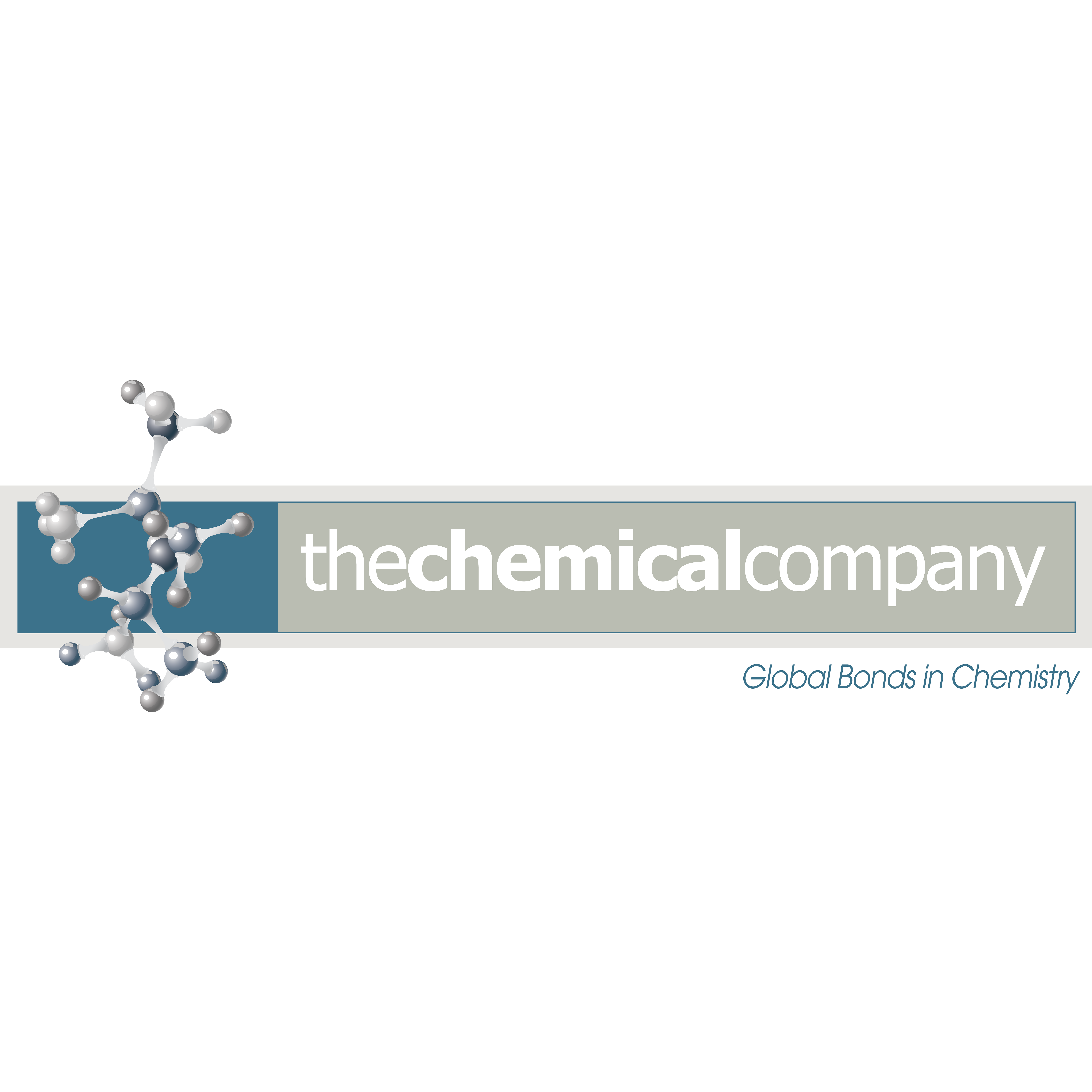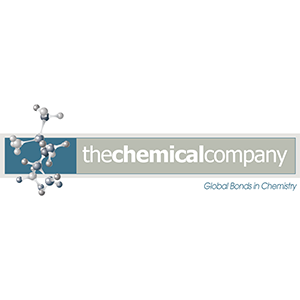
If the pump jacks and wells seen operating in an oil field near McKittrick, California are any indication, the Monterey Shale formation is on the verge of a boom using hydraulic fracturing, or fracking to extract gas and oil.
Sinopec & Pillips Deal
Huge finds of shale oil and gas in the U.S. resulted in a deal between China’s most productive refiner Sinopec and Phillips that could make the U.S. one of the top suppliers of liquefied petroleum gas (LPG) to the world’s biggest user and second-biggest economy.
Although Washington restricts crude oil exports and limits liquefied natural gas (LNG) shipments, sales of liquefied petroleum gas have no constraints.
However, like the U.S. and Europe, China has ambitions to wean itself from energy imports and reduce its overwhelming dependence on coal that has made China the world’s largest contributor to global warming.
Unfortunately for China, the path to energy independence is fraught with obstacles and pitfalls. In China, companies must drill two to three times as deep as in the U.S., making the process significantly more expensive and dangerous. China’s energy companies operate in strict secrecy and accidents allegedly claim a high death toll.
Jiaoshizhen Valley Rig Explosion
Villagers reported that eight people died when a rig exploded in the middle of the night in the Jiaoshizhen valley, an area so remote that residents speak a dialect that is different from anywhere else in China. Village leaders and Sinopec officials ordered them not to discuss the event.
Until China can overcome these hurdles or find more favorable oil and gas fields, the trade deal between Sinopec and Phillips to supply liquefied petroleum gas could be its best hope of reducing its carbon footprint and dependence on coal.






